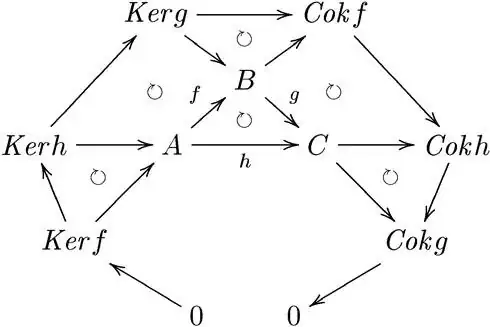I'd like to have a big-list of "great" short exact sequences that capture some vital phenomena. I'm learning module theory, so I'd like to get a good stock of examples to think about. An elementary example I have in mind is the SES:
$$ 0 \rightarrow I \cap J \rightarrow I \oplus J \rightarrow I + J \rightarrow 0 $$
from which one can recover the rank-nullity theorem for vector spaces and the Chinese remainder theorem. I'm wondering what other 'bang-for-buck' short exact sequences exist which satisfy one of the criteria:
- They portray some deep relationship between the objects in the sequence that is non-obvious, or
- They describe an interesting relationship that is obvious, but is of important consequence.

GroupsandGroups, Rings and Modules). I'm pretty sure I never encountered 'exact sequences'. Just finishing 4yrs of PhD at Cambridge (probability), and still haven't heard of them until this question! -- not that, looking them up now, they're a complicated concept. – Sam OT Jun 22 '20 at 10:28